#palais des beaux-arts de lille
Explore tagged Tumblr posts
Text




#carnet#66#2024#dessin#sketchbook#transi#art#musée#palais des beaux-arts de lille#journal#journaling
29 notes
·
View notes
Photo
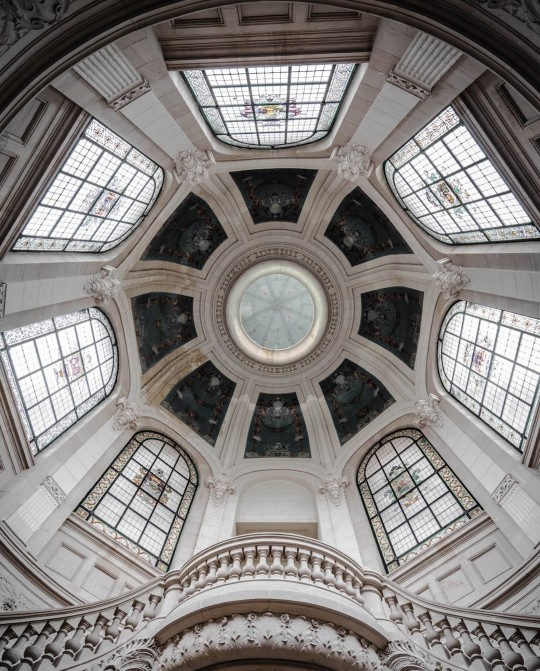
palais des beaux-arts de lille, france
#palais des beaux-arts de lille#france#europe#museum#palace#castle#architecture#fresco#ceiling#window#windows#stained glass#stained glass window#beauty#sculpture#ornate#art#aesthetic#history#detail#details#inspo#inspiration#travel#view#vista#tourism#photo#photograph#photography
27 notes
·
View notes
Text

Palais des Beaux Arts de Lille
#Palais des Beaux Arts de Lille#visualzen#lille#minimalism#minimal#abstract#museum#france#hautsdefrance#noart
36 notes
·
View notes
Text
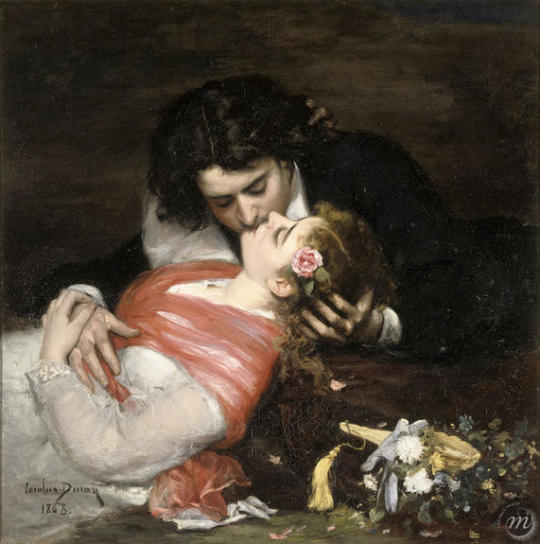
Carolus-Duran (1837-1917) "The Kiss" (1868) Oil on canvas Located in the Palais des Beaux-Arts de Lille, Lille, France The painting is a self-portrait of the artist and his wife, fellow artist Pauline Carolus-Duran née Croizette, as newlyweds.
#paintings#art#artwork#genre painting#portrait#carolus duran#oil on canvas#fine art#musuem#art gallery#french artist#history#male portrait#portrait of a man#female portrait#portrait of a woman#kiss#affection#affectionate#tender#sweet#gentle#clothing#clothes#1860s#mid 1800s#mid 19th century#a queue work of art#1k
1K notes
·
View notes
Text

Lyse OUDOIRE (1938-1986) - Sans titre, 1974
Palais des beaux-arts de Lille
147 notes
·
View notes
Text

"L'homme endormi", c.1861 by Carolus Duran (1837–1917). French painter. Palais des Beaux-Arts de Lille, FR. oil on canvas
190 notes
·
View notes
Text
"For more than a decade, the French city of Lille’s Palais des Beaux-Arts — which was inaugurated in 1892 and is home to France’s second largest collection behind only the Louvre — has deployed a kind of “museo-therapy” that uses the museum space and the treasures held within it to help treat patients from local hospitals.
But in September 2023, this initiative became a little more formal when it signed an agreement with the University Hospital Center of Lille (CHU) to offer 140 museum art therapy sessions over a year to patients who have been given a “museum prescription” by doctors, making it one of the most significant programs of its kind in the world.
The idea of a museum prescription, which fits under an umbrella of out-of-hospital, nonclinical treatment known as social prescribing, is that exposure to art and culture or history can complement, accelerate or potentially even displace some forms of medical care in traditional settings — in an effective, enjoyable and low-cost manner.
Further afield, the Montreal Museum of Fine Arts has worked with the Francophone Doctors of Canada association since 2018 to offer a form of museum prescriptions, albeit without Lille’s art therapy aspect. In Brussels, Belgium, doctors in one of the city’s largest hospitals have been prescribing museum visits to patients suffering from depression, stress and anxiety since 2022 — and this year that expanded to 18 “medical structures” and 13 museums in the city. Singapore has run an Arts for Healing Program connecting patients with offerings at local music schools and community gardens since 2021. The newly formed advocacy group Social Prescribing USA aims to make social prescribing available to every American by 2035, building on projects already running in Massachusetts and New Jersey."
55 notes
·
View notes
Text

Luc-Olivier Merson (French, 1846-1920) La Vision, Detail, 1872 Palais des Beaux-Arts de Lille
#Luc-Olivier Merson#La vision#1872#1800s#art#fine art#european art#classical art#europe#european#fine arts#oil painting#europa#mediterranean#christian art#christian#christianity#christentum#angel#angels#catholic#catholic art
78 notes
·
View notes
Text

Carolus-Duran, L’homme endormi, 1861
Palais des Beaux-Arts de Lille
40 notes
·
View notes
Text


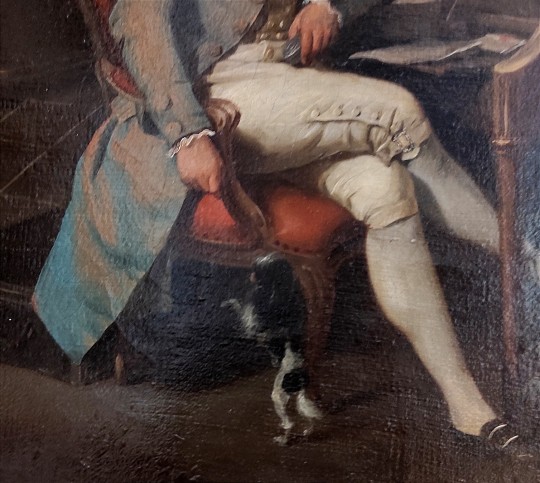
Look who I saw today - Portrait présumé de Robespierre (1758-1794), avocat et révolutionnaire by Louis-Léopold Boilly, 1791, Palais des Beaux-Arts de Lille.
#Had meant to go see it for a while#It's presumed to be him and tbh even though it's not especially striking he looks tranquil and I like it#and THE DOG#frev#robespierre
78 notes
·
View notes
Photo

Portrait of Julie Mottez, by French painter Victor Mottez (1834). Palais des Beaux-Arts de Lille
20 notes
·
View notes
Text
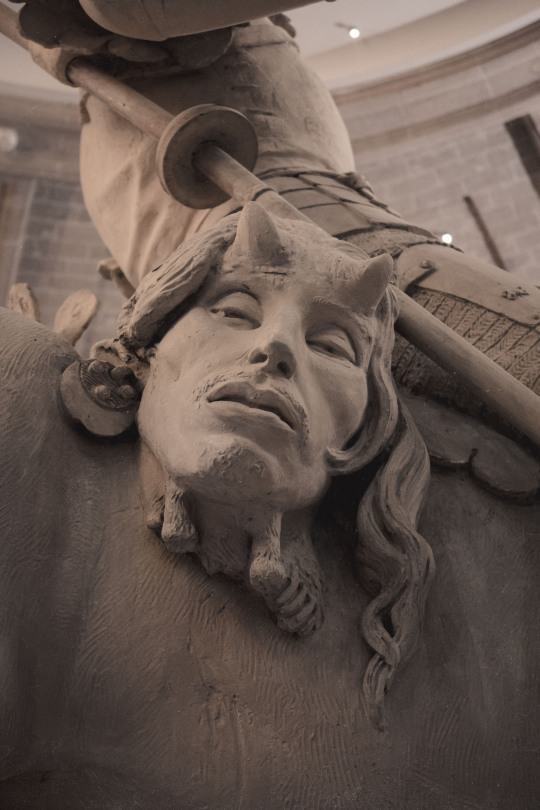
Le chevalier errant - Emmanuel Frémiet Palais des Beaux Arts de Lille
#darkphotography#folklore#medievalphotography#museum#museumlover#middleages#pbalille#palaisdesbeauxarts#palaisdesbeauxartsdelille#goth#gothic#sculpture#emanuelfremiet#chevaliererrant
56 notes
·
View notes
Text

1704 Nicolas de Largillière - Portrait of Jean Baptiste Forest
(Palais des Beaux-Arts de Lille)
70 notes
·
View notes
Text

Edouard Vuillard, Flowers at the Palais des Beaux-Arts in Lille, 1904
75 notes
·
View notes
Text
Spartacus che spezza le sue catene (1847) “Bronzo, 219 x 94 x 6 cm” [Palais des Beaux-Arts de Lille, Lille, Francia] -- Denis Foyatier (Francese; 1793 - 1863)
“Ci fissa, con un aspetto severo, allo stesso tempo tristemente determinato e furioso. Nella mano destra, una spada. A sinistra, le sue catene rotte. Spartaco, il soldato dell'esercito romano diventato un gladiatore, si è appena liberato dai suoi catene ed è determinato a combattere.
La vita di questo personaggio storico è difficile da rintracciare. Tutto quello che sappiamo con certezza è che nacque in Tracia - oggi nella penisola balcanica - e che guidò una rivolta di schiavi tra il 73 e il 71 a.C. Questa rivolta fu repressa violentemente dal generale romano Crasso.
Spartaco è ancora oggi visto come l'epitome della resistenza contro un regime totalitario. Lui è un esempio di virtù. Non sorprende allora che la scultura sia stata oggetto di sfruttamento politico!
In effetti, qui vedete un simbolo dei Trois Glorieuses, i tre giorni di rivoluzione. Questi tre giorni di rivolta, nel luglio 1830, portarono alla rimozione di Carlo X e all'ascesa di Luigi Filippo. Infatti sappiamo che non era intenzione dell'artista denunciare la reale, anzi... La versione marmorea di Spartaco, ora conservata al Louvre, fu commissionata all'artista, nel 1828, dall'amministrazione reale di Carlo X! La storia stessa crea i suoi paradossi. ”
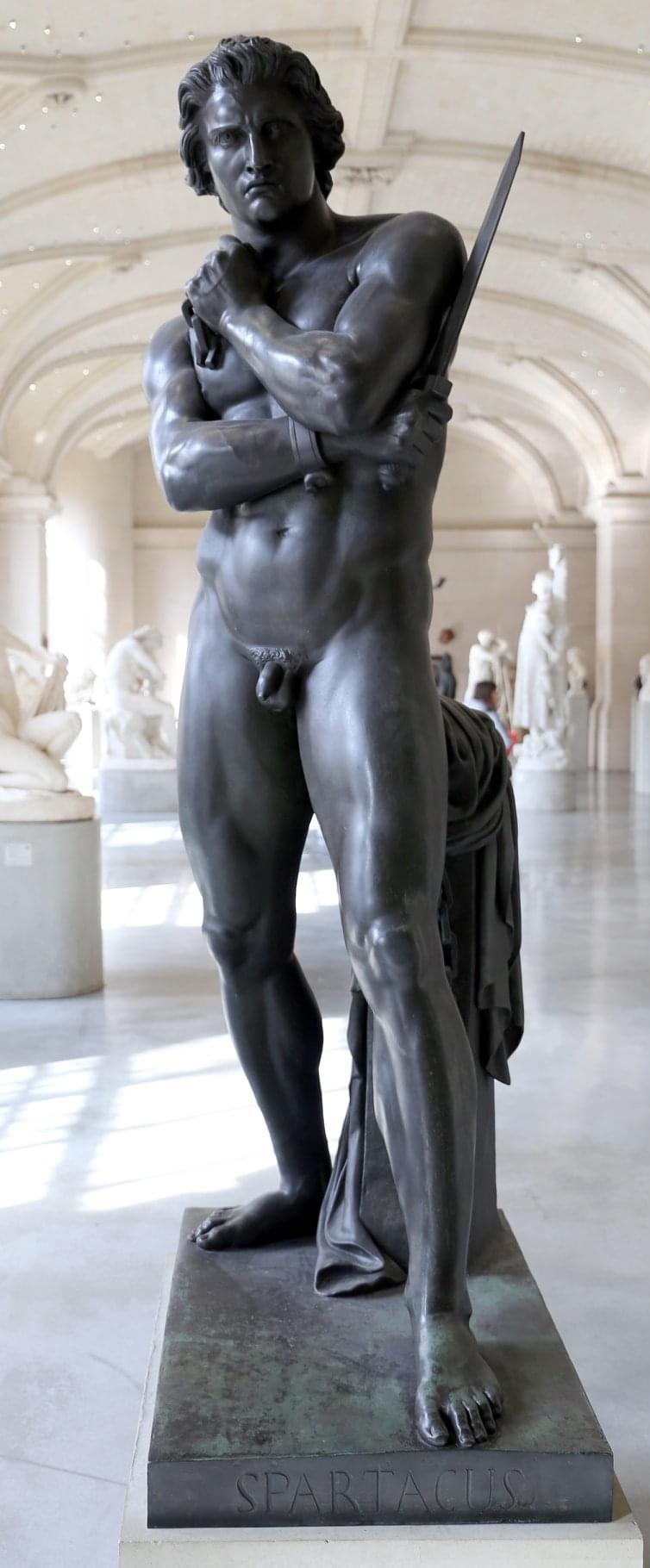
(Fonte: Palais Beaux-Arts Lille)
70 notes
·
View notes
Text

John Coughlin (American, 1885-1943, illustrator for pulp magazines beginning in 1913) - 1940

Rudolf Sieber-Lonati (Austrian, 1924-1990) - cover art for Macabros #4

Dirk Bouts (Netherlands, 1415-1475)
Hell (detail) - Palais des Beaux Arts, Lille, France - 1450

Edmund Dulac (French/British, 1882-1953)
Bashtchelik - from Fairy Book - 1916

Harold W. McCauley (American, 1913-1977)
Priestess of the Floating Skull - Amazing Stories - May 1943

unknown illustrator - Arthur B. Reeve - Pandora - first edition dust cover - New York Harper and Brothers - 1926

unknown illustrator - Sharyn McCrumb - Zombies of the Gene Pool

unknown illustrator - Fredric Brown - The Dead Ringer


Edward Gorey (American, 1925-2000)
from THE DISRESPECTFUL SUMMONS - The Fantod Press - 1973

Roa - street artist in Oaxaca

Darrell K Sweet (American, 1934-2011) – cover for Inherit The Stars
#art by others#other's artwork#painting#drawing#Darrell K Sweet#Edward Gorey#Dirk Bouts#Rudolf Sieber-Lonati#Roa#Harold W. McCauley#John Coughlin#Edmund Dulac
17 notes
·
View notes